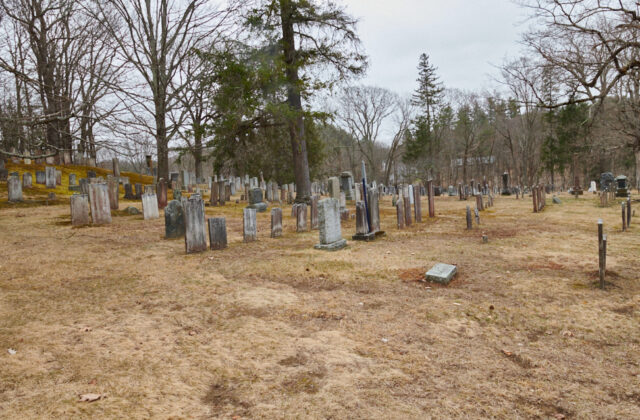A Lightning Cure for Rheumatism
People flocked to Norfolk for a shard from a tree
Text by Andra Mass
Photo by Savage Frieze
In July 1902, The Boston Globe and the Minneapolis Journal reported that Jonathan W. James of Queens River, R.I., had found a cure for his rheumatism. According to reports, “Lightning struck Mr. James last week and the cure was complete.” Similarly, on Aug. 24, 1915, The Day of New London, Conn., shared with its readers that “Mrs. Charles A. Burdick of Berlin, Conn., a sufferer from rheumatism, has been cured by lightning which entered her home, doing considerable damage and knocking her down.”
Many at the time believed that a perhaps preferable method to that of Mr. James and Mrs. Burdick was to hold a shard of something that had itself been “electrified”. So, it was not entirely surprising that hundreds—actually “thousands” were reported— visited Norfolk after one of its towering trees was split wide by a lightning bolt on July 23, 1916. The Pittsfield Eagle described the scene: “Over 500 pictures were taken Sunday of a giant Norway spruce, shattered by lightning in the Center Cemetery at Norfolk, Conn. There was something pathetic in the spectacle of this huge sentinel of the hillsides, centuries old, prostrate now, a victim of a simple twist of the great elemental forces of nature. It was as if a ton of dynamite had been exploded at the base. The tree was torn up, leaving a crater-like hole, and the trunk was split from root to branch. In a circle for a radius of 200 yards were splinters. Thousands of these were taken away by the superstitious and the curious, for they are said to be an infallible cure for rheumatism. Any wood hit by lightning is.”
Dr. M. I. Pupin of Norfolk, the famous inventor and a lecturer at Columbia University on the topic of advanced electrical engineering, also stopped to look and give a comment to The Eagle, proclaiming it “one of the most weird and wonderful physical manifestations he had ever seen in nature.” A decade later he would he design and donate a lightning rod system to the Congregational church for the steeple.
Over 100 years later, no evidence remains in Center Cemetery of the site where the great tree might once have stood, and thus far no photographs of the event have surfaced. Even so, a spring walk in the oldest section of the cemetery makes it easy to imagine the scene, and may even be good for one’s rheumatism.

